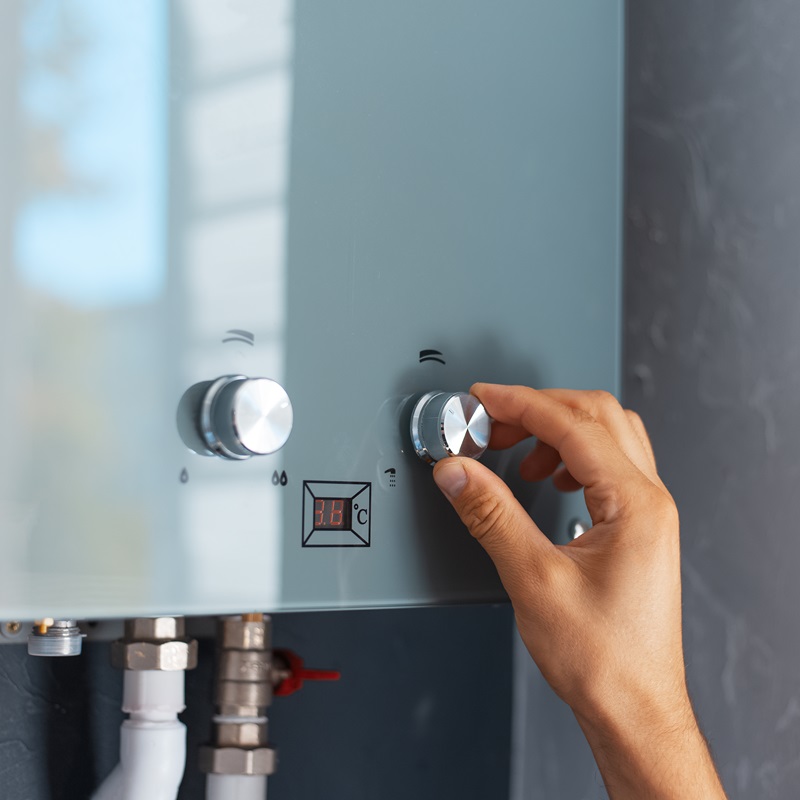Compare different geyser sizes for every household.
Compare different geyser sizes for every household.
Blog Article
How to Pick the Right Geyser to Maximize Power Performance in Your Home
Choosing an energy-efficient geyser is not as straightforward as it appears, requiring cautious assessment of various elements. From comprehending the different kinds of geysers, to reviewing their energy efficiency scores and considering positioning strategy, each choice plays an important duty in optimizing efficiency. Stabilizing the initial financial investment with long-term cost savings is also important. Allow's begin on this trip to discover exactly how to make one of the most informed option for a hot spring that will minimize your energy expenses while making certain optimal performance.

Recognizing the Different Kinds Of Geyser
While there are various kinds of geysers offered on the marketplace, understanding the distinctions in between them is important for power efficiency (geyser sizes). The very first kind, storage hot springs, are one of the most common and store warm water in a tank for use when required. They are readily available in different capabilities and are generally energy-efficient, but they can shed warmth when not in use
The 2nd type is the tankless geyser, which heats up water on demand, leading to less energy waste yet calling for a greater first power draw. Solar geysers utilize solar energy to heat the water, making them the most energy-efficient but additionally the most pricey.
Analyzing Your House's Warm water Demands
Before diving right into the acquisition of a geyser, it is critical to assess the warm water requirements of your home. This assessment needs to take into consideration various factors consisting of the variety of household participants, frequency of warm water use, and the number of warm water outlets in the home (geyser sizes). A small household with seldom hot water use may require a smaller sized, less effective geyser contrasted to a larger family with several everyday warm water needs
The sort of appliances that need warm water likewise play a considerable duty. Dishwashers and cleaning devices, for example, may need even more hot water than a simple shower or kitchen area sink. Moreover, certain tasks such as bathing or cleansing also influence the regularity and quantity of hot water required.
Reviewing Energy Performance Scores of Geyser
Having actually assessed the warm water demands of your household, it is necessary to transform your attention to the energy performance rankings of geysers. These scores, normally offered as Power Element (EF), suggest a hot spring's total power efficiency based on the amount of warm water generated per device of fuel consumed over a common day. The greater the EF, the a lot more efficient the hot water heater.

Considerations in Geyser Size and Placement
Beyond energy performance rankings, the dimension and positioning of your geyser are vital components to take into consideration. The dimension of the geyser ought to align with your home's warm water requirements. A small geyser may make use of much less energy but might not supply enough hot water for multiple uses at the same time, whereas a bigger system can satisfy greater need however may consume even more power.
Hot springs ought to be installed close to factors of use to minimize heat loss throughout water transportation. In addition, thinking about thermal insulation, a hot spring located in a warmer location loses much less heat and consequently utilizes much less energy to preserve the water temperature.
Expense Evaluation: Balancing First Investment and Long-Term Financial Savings
While size YOURURL.com and positioning click here for more info unquestionably play significant functions in a hot spring's energy effectiveness, one have to not neglect the economic aspect. When thinking about the first investment, the cost of energy-efficient hot springs can be more than common models. Nevertheless, the raised upfront expense can be countered by long-term energy cost savings, making it a rewarding investment over time.
Analyzing long-lasting cost savings calls for an understanding of the geyser's power ranking. An appliance with a higher rating will take in much less power, equating to reduced energy costs with time. Federal government rewards and refunds for energy-efficient home appliances can likewise assist recover preliminary expenses.
Lastly, maintenance and life expectancy ought to be factored in. Energy-efficient geysers usually have much longer life expectancies and reduced upkeep costs, contributing to overall financial savings. When balancing initial financial investment and lasting cost savings, one ought to consider not just the purchase price yet likewise energy intake, federal government incentives, and upkeep prices.

Final thought
These consist of comprehending the types of hot springs, evaluating your household's warm water requirements, examining energy performance scores, and calculating price benefits. The appropriate geyser dimension, placement, and insulation can dramatically minimize energy costs and environmental influence.
Report this page